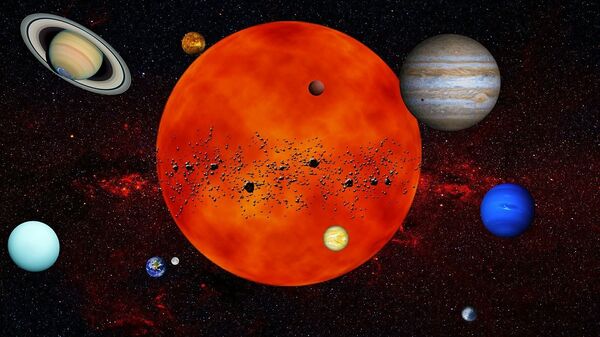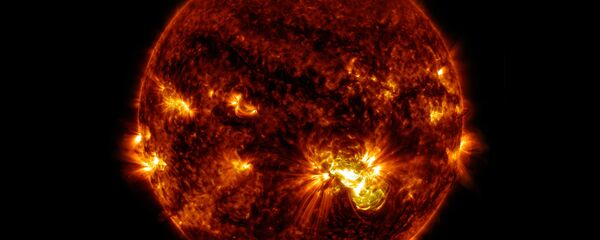According to the study published in the Science Advances magazine, a detailed examination of chondrules — round grains formed of molten metals and minerals that were originally part of the protoplanetary disc from which the planets of the solar systems were formed – contained in the samples revealed the presence of unrecognized sulfide-associated magnetites of magmatic origin, which implied that these chondrules were "formed under oxygen-rich conditions during impacts between planetesimals."
The further study of the magnetites’ composition led scientists to believe that they are in fact a product of collisions between rocky planetesimals from the inner solar system and icy objects originating from the outer regions of the solar system.
Marrocchi and his team now seek to better understand the nature of such collisions, including their duration, kinetics and the composition of gas released during impacts.


